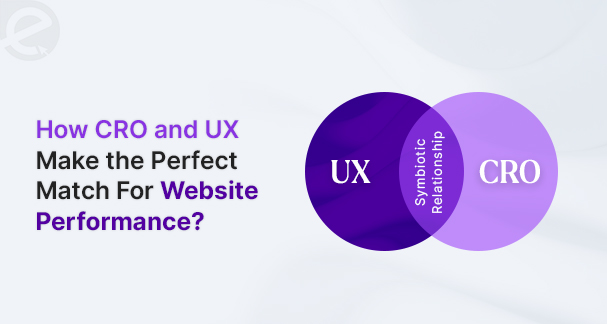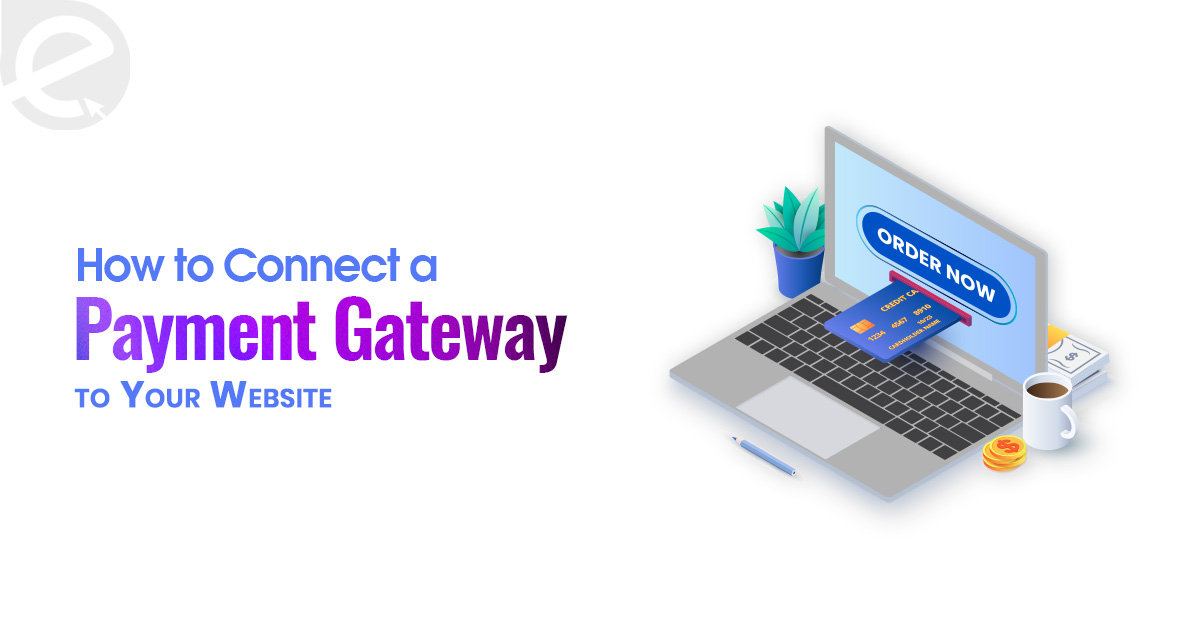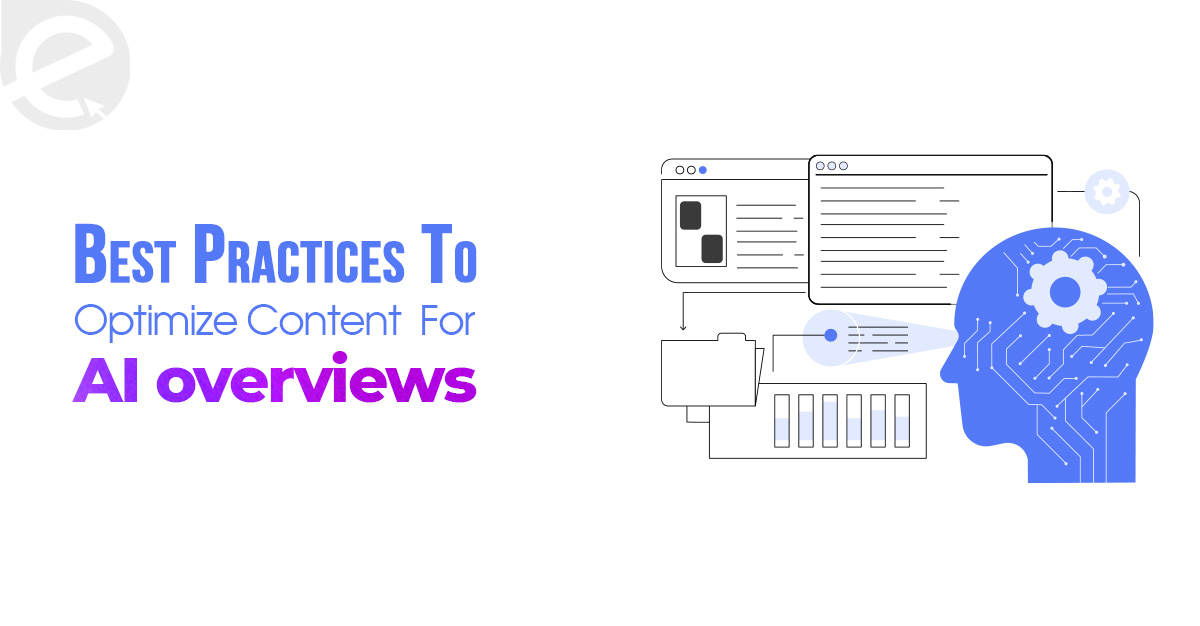
We Develop Websites Keeping Marketing in Mind
Why Good UX Design Mean Better CRO For A Business?
 Nov. 21, 2024, 12:00 AM
Nov. 21, 2024, 12:00 AM- By Eclick Softwares and Solutions

UX design has to fulfill two significant goals. The initial goal is ensuring the satisfaction rate of the users throughout their online experience. The next is meeting the business motive by convincing the users to respond to the business message by getting in touch through email or call, filling the contact form, purchasing a product or communicating to request for further information from the business. An effectively created and implemented UX design is sure to skyrocket conversion rates up to 400%.
In addition, UX design serves as the prime tactic in digital marketing strategy to bring the customers and the brand closer in the online sphere. After the business kinship has been established, then the potential customers will prioritize the business - there is a scope for the business owners to nurture more successful leads and long-term conversions.
Where Do UX and CRO Meet?
How the percentage of website visitors completing particular actions within the customer journey increases is said to be Conversion Rate Optimization. The metrics include subscribing, downloading and purchasing. The UX designers continuously evaluate the entire customer journey and figure out how to help the visitors reach their goals.
This process needs to be done correctly to research the target audience, look for the leaks in the funnel and do AB testing for new variations. Ultimately, it leads to new customers, creates more loyal customers and increases retention rates that increase the conversion rates, and revenues and contribute to business growth.
These steps are typically included in a typical CRO process:
• Website Analysis: To find the leaks in the funnel, the UX designers use tools like Google Analytics, heatmaps and other data-oriented platforms.
1. Prioritization: According to the results, resources and time - the UX designers prioritize what should be optimized.
2. In-Depth Customer Research: This is the process of understanding the customer's needs, emotional drives, fears and concerns. Once the cause of leaks has been identified, the UX designers conduct competitor research along with customer surveys and interviews. They revisit the customer profiles and essentially get to know the customers better to identify the worthy solution to optimize the customer journey, content and more.
• AB Testing: Time to put the hypotheses and research to the test! Are the changes and fixes to design, copy, colours, buttons, navigation, technical changes and rest really helpful to the customers to achieve their goals? Are these helping in increasing the conversion rates, revenues and retention?
CRO contains many more in-depth steps to the process, nevertheless, CRO deals with making the necessary changes and flow optimization to increase conversions and encourage repetitive customers.
On its flip side, UX is focused on creating a simple, clear and easy experience for visitors and helping them to act promptly. Essentially, both work hand-in-hand and should go together.
• Supporting the Changes: With the CRO insights, the UX design process does away with the guesswork based on their design decisions. The CRO managers use heatmaps, click maps, scroll maps and screen recordings which the UX designers also utilize for identifying the pain points within the experience - which could be to compare the results from the user testing.
• Gaining Insights and Building Better Products: The CRO's primary concern is deeply understanding customer behaviour, the decision-making process, and product expectations. Testing the optimization hypothesis repeatedly and proving its functionality, the UX designs are optimized from the beginning to the end of the customer journey based on the customer's insights, needs, and expectations.
How Should CRO Be Improved with UX Design?
A/B Testing is the foremost effective technique to enhance CRO with UX design. Two or more versions of a webpage or interface element are tested, and each variant is assigned to the users at random.
Each variant is measured against a specific goal such as click-through rates or conversion rates - the design or content changes significantly impact the user behavior.
Identifying the elements to be tested, like headline, CTA button colour or layout is how A/B testing is done. Creating multiple variants of each user, these need to be assigned to users randomly. Using the Analytics Tool, each variant’s performance can be tracked. Later, the results are compared to determine how much impact the design and content changes have on user behaviour.
User Testing is even important to revamping the CRO through UX design. User testing means observing user interaction with the website or application and gathering their feedback. Immense valuable insights can be generated by being attentive to users navigating through the website or application to know what is working well for them and which areas should be refined. User testing helps to identify usability issues, understand the confusing navigation paths, and highlight the areas which users would abandon during the conversion process.
During the user testing process, questioning the participants about their experience is important. Since they are completing the task, they can be questioned to verbalize their thoughts and provide honest feedback. Listening to user comments and observing their behaviour provides insights for improving website design and usability, leading to increased conversion rates.
How Do UX Affect CRO?
A visitor's journey from an audience to a customer in the digital marketplace is an experience crafted meticulously to guide and persuade them. The user journey is the essence of user experience design - a discipline executed with precision and serving as the backbone of an effective CRO. At its core, UX design is based on understanding the users, like their needs, behaviours and barriers to conversion. When this understanding is aligned with business goals, UX design is transformed into a strategic tool to enhance user satisfaction and drive conversion rates upward.
1. How Empathy Works In UX Design
UX designers depend on empathy to create intuitive and user-friendly interfaces. Say for example, in an E-commerce website, when the users are noticed to abandon their carts at the payment stage - then the UX designers make use of empathy to investigate the underlying reasons. It could be the checkout process has become too complex or there is a lack of payment options. Likewise, the flow can be redesigned to reduce friction and encourage completion.
2. Emphasizing on Usability Testing: The Portal to User-Centric Design
Usability testing is the litmus test for the UX designs to be effective. It comprises the real users interacting with the website or product and sharing feedback on their experience. This invaluable direct input highlights the issue not apparent to designers and developers. To quote an example, to determine which of the two landing page designs is yielding a higher sign-up rate, a SaaS company might use A/B testing. Hence, the empirical evidence can be used for informing the CRO strategies.
3. Accessibility: Widening the Scopes for Inclusion
In UX design, Accessibility ensures that people with a wide range of abilities can use the products and services. With this inclusivity, the potential customer base expands and also the brand's values are reflected positively. Let us take a streaming service into account, that introduces subtitles and audio descriptions. These features aid users with hearing or visual impairments while enhancing the viewing experience for a broader audience, thereby potentially increasing the subscription rates.
4. What is the Psychological Aspect of UX Design All About
A UX design deeply gives importance to psychological principles. The proper use of colours, typography and imagery work in combination to evoke emotions and actions. Let us consider using red colour for create a sense of urgency when limited-time offers are running, prompting quicker decision-making and boosting sales potentially.
5. Mobile Optimization: Tending to the On-the-Go-Users
Since the prevalence of Smartphones has increased, so mobile optimization has started becoming a non-negotiable aspect of UX design. A mobile-optimized website is convenient to use and even capitalizes on impulse purchases.
Say, for instance, a food delivery app simplifies the ordering process with a few taps which significantly increases the number of orders placed, thus illustrating a successful mobile UX design.
UX and CRO are coordinated in their goals for enhancing website performance. While UX is focused on creating a positive user experience through intuitive design, CRO targets to specifically optimize the elements for conversion maximization. A positive UX often contributes to higher conversion rates, hence it is a foundational aspect of effective CRO. CRO benefits from the UX approach by being focused on user behaviour analysis. It handles the significant issues first for achieving impactful conversions and considers the user journey as a whole for overall improvements.
Related Blog
- By Eclick Softwares and Solutions
- June 20, 2025
A Complete Guide to Payme ...
Integrating a payment gateway helps businesses facilitate tr ...
Read More- By Eclick Softwares and Solutions
- June 4, 2025
Best strategies to optimi ...
AI overviews enhance the visibility and trustworthiness of a ...
Read MoreSearch Blog...
Recent Posts
Eclick Services







